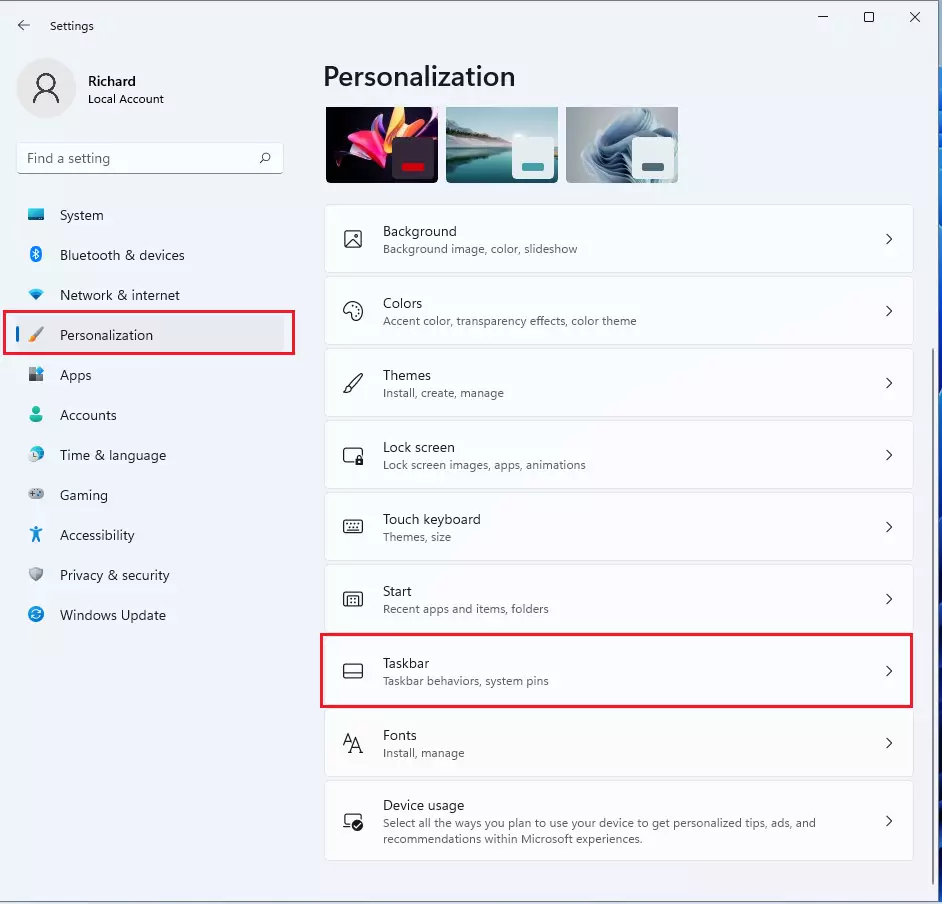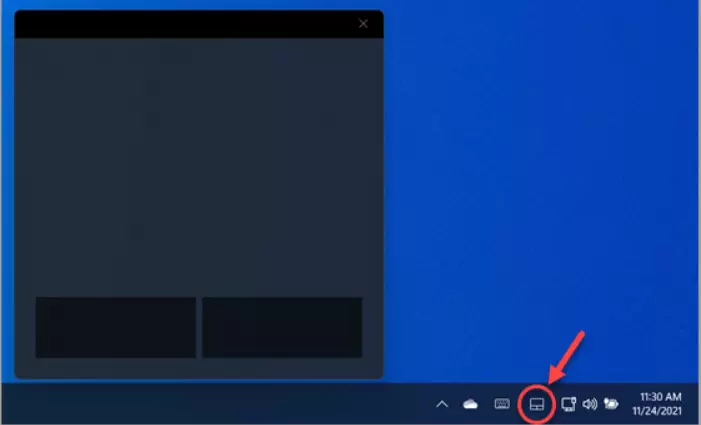This article explains how to show or hide the virtual touchpad on Windows 11.
One can use the on-screen or virtual touchpad to control the mouse pointer with their Windows touchscreen. Once the virtual touchpad is enabled, it can be dragged to any screen location simply by holding it down and moving it to the desired location.
When using a Windows touchscreen device, one can follow the posts below to turn other touchscreen-related tasks on or off. For example, you can turn off touchscreen usage in Windows 11, enable an on-screen keyboard, and more.
Below is how to turn the on-screen or virtual touchpad on or off when using Windows 11.
How to enable or disable virtual touchpad on Windows 11
As mentioned above, one can use the on-screen or virtual touchpad to control the mouse pointer with their touchscreen Windows device.
Below is how to turn on or off the virtual touchpad on Windows 11.
Windows 11 has a centralized location for the majority of its settings. As a result, everything can be done, from system configurations to creating new users and updating Windows from its Settings app.
To get to System Settings, you can use the Windows key + I shortcut or click on Start ==> Settings, as shown in the image below:

Alternatively, you can use the search box on the taskbar to search for Settings. Then select to open it.
The Windows Settings pane should look similar to the image below. In Windows Settings, click Personalization > Taskbar tile to expand it.

On the Personalization > Taskbar settings pane, under Taskbar corner icons, toggle the buttons to On or Off for Virtual touchpad.

You can now exit the Settings app.
Alternatively, use the steps below to turn the virtual touchpad on or off:
- First, press and hold (or right-click) the taskbar, then select Taskbar settings.
- Under Taskbar corner icons, set Virtual touchpad to On.
- Finally, select the touchpad button on the taskbar.

That should do it!
Conclusion:
- Enabling or disabling the virtual touchpad on Windows 11 is a straightforward process that can significantly enhance the user experience on touchscreen devices.
- Accessing the Settings app via the Windows key + I shortcut or the Start menu provides a convenient path to the required configuration options.
- Utilizing the Taskbar settings allows quick toggling of the virtual touchpad via the Taskbar corner icons, streamlining the process.
- Visual aids and step-by-step instructions make it simple for users to maneuver through the settings and customize their touchpad preferences.

Leave a Reply